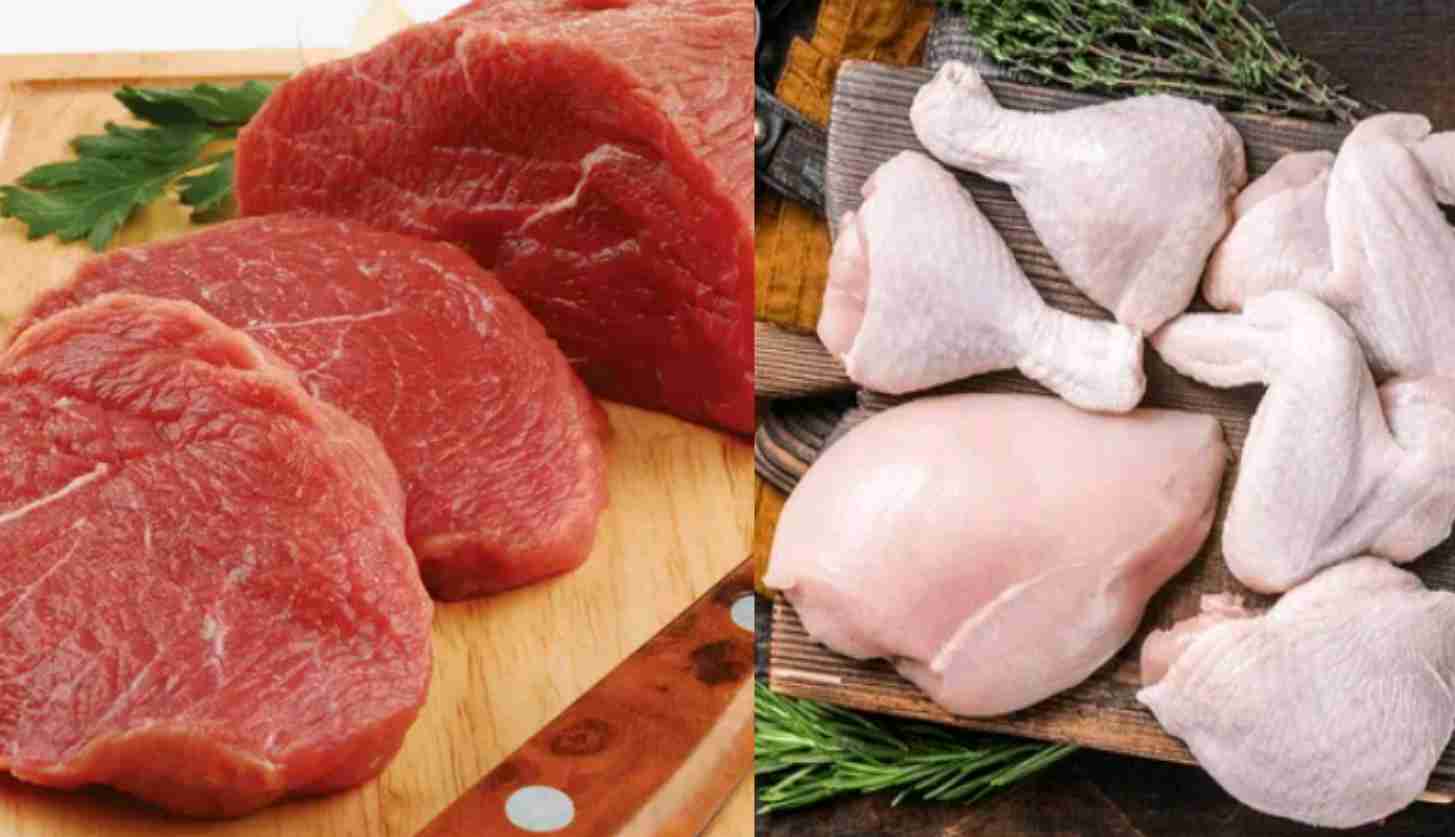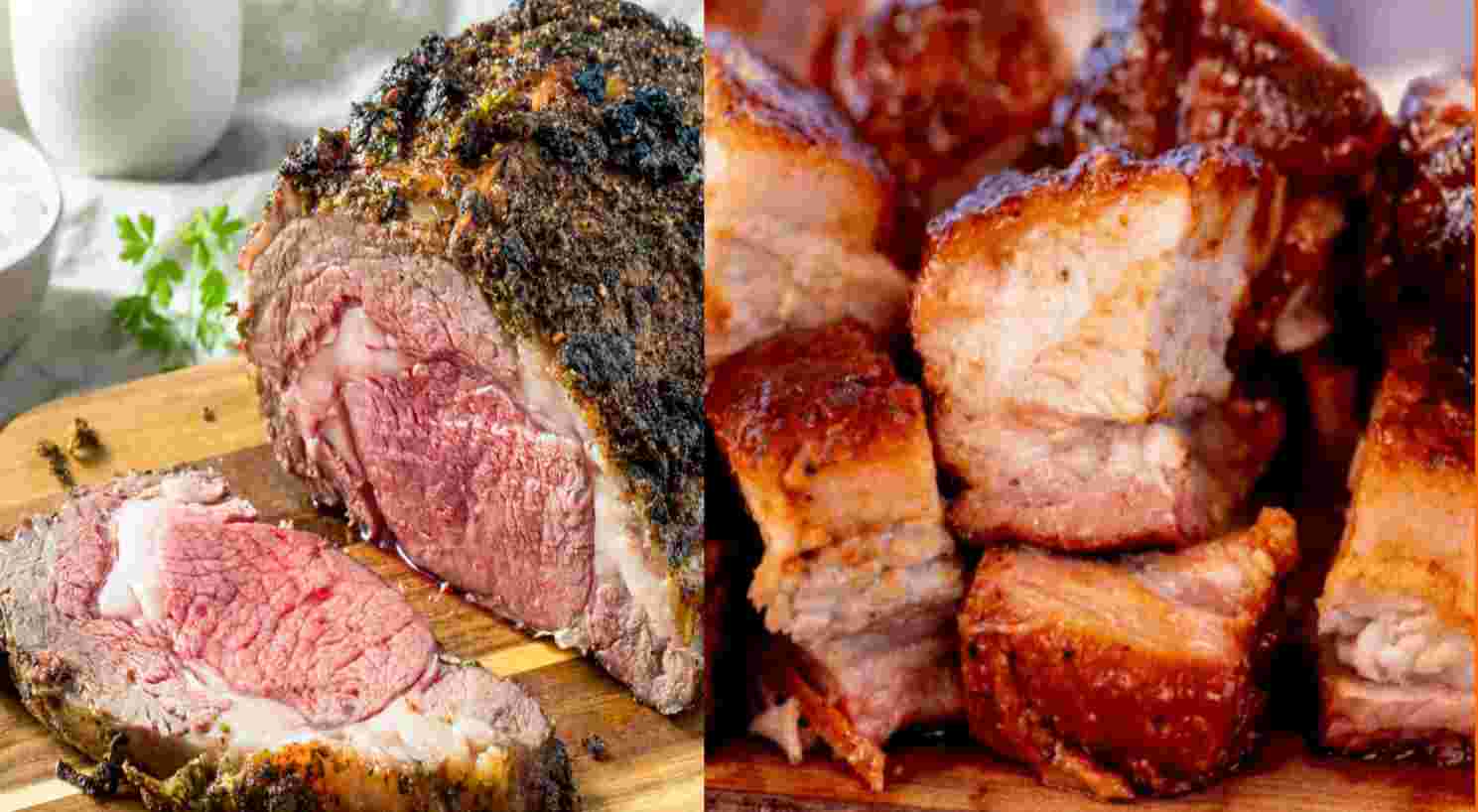In the realm of gastronomy, the debate between meat and chicken often takes center stage. Each offers a unique set of flavors, textures, and nutritional profiles, contributing to the diverse tapestry of global cuisine. In this comprehensive exploration, we dissect the differences between meat and chicken, delving into their culinary, nutritional, and cultural nuances.
Meat: A Culinary Marvel with Diversity
1. Definition and Varieties:
Meat refers to the flesh of animals consumed as food. It encompasses a wide array of options, including beef, lamb, pork, and more. The variety of meats available worldwide reflects the diverse culinary traditions and preferences of different cultures.
2. Flavor and Texture:
- Beef: Known for its robust flavor, beef is often described as savory and hearty. Different cuts offer varying textures, from tender fillets to well-marbled steaks.
- Lamb: Lamb has a distinctive, slightly gamey flavor. The meat is tender, making it a favorite in various international cuisines.
- Pork: Pork is prized for its versatility. From succulent pork chops to savory bacon, it adapts well to diverse cooking methods.
3. Nutritional Profile:
- Meats are rich in protein, essential amino acids, vitamins, and minerals. However, the nutritional content can vary depending on the type and cut of meat.
For a detailed exploration of meat, refer to the Meat Wikipedia page.
Chicken: Poultry Perfection
1. Definition and Varieties:
Chicken is a type of poultry consumed worldwide. Renowned for its mild flavor and adaptability to various cuisines, chicken comes in various cuts such as breasts, thighs, wings, and drumsticks.
2. Flavor and Texture:
- Chicken has a mild, neutral flavor, making it a versatile ingredient in a wide range of dishes.
- The texture can vary from tender and succulent in breast meat to richer and juicier in darker cuts like thighs.
3. Nutritional Profile:
- Chicken is an excellent source of lean protein, essential for muscle development and overall health.
- It provides essential nutrients like niacin, phosphorus, and vitamin B6, contributing to a well-rounded diet.
For additional insights into chicken, explore the Chicken Wikipedia page.
Culinary Applications: Meat vs. Chicken
1. Culinary Versatility:
- Meat: The diverse range of meats allows for a broad spectrum of culinary creations. From slow-cooked stews to grilled masterpieces, each type of meat brings its own distinct character to the plate.
- Chicken: Its neutral flavor makes chicken a canvas for a myriad of culinary styles. From spicy curries to delicate roasts, chicken adapts to various cooking methods and flavor profiles.
2. Cultural Significance:
- Meat: Different cultures have unique approaches to preparing and consuming meat. For instance, barbecue traditions in the United States, slow-cooked European stews, and exotic South American meat preparations showcase the global diversity of meat-centric cuisines.
- Chicken: Chicken features prominently in global cuisines, from American fried chicken to Indian tandoori preparations. Its versatility has made it a staple in households around the world.
Nutritional Considerations:
1. Protein Content:
- Both meat and chicken are excellent sources of high-quality protein, crucial for muscle development and overall health.
2. Fat Content:
- The fat content in meat can vary depending on the cut and type. Some cuts may be higher in saturated fats.
- Chicken, especially skinless white meat, is generally lower in fat, making it a leaner protein option.
3. Vitamins and Minerals:
- Both meats and chicken provide essential vitamins and minerals, contributing to overall nutritional well-being.
Conclusion:
In the timeless debate between meat and chicken, both emerge as culinary powerhouses, offering distinct flavors, textures, and nutritional benefits. The choice between the two often boils down to personal preferences, cultural influences, and dietary considerations.
For a deeper understanding of the culinary world, exploring the Cuisine Wikipedia page can provide insights into the global tapestry of flavors and cooking traditions. Ultimately, whether savoring a perfectly grilled steak or relishing a delicately seasoned chicken dish, the appreciation for diverse culinary experiences enhances our understanding of the rich world of food.

















